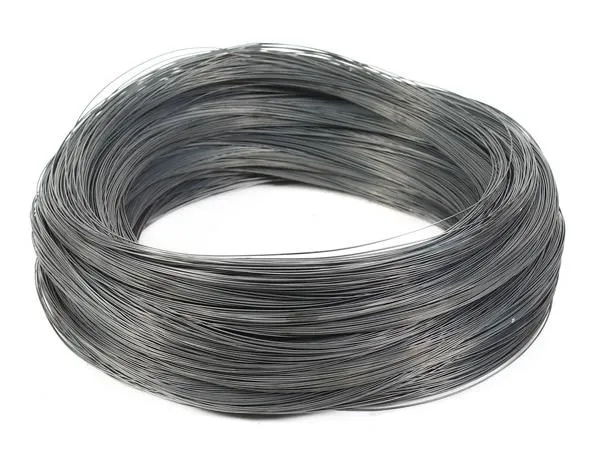Choosing Durable and Reliable Chain Link Fence Posts for Your Property
Understanding Chain Link Fence Posts A Comprehensive Guide
When it comes to securing a property or defining boundaries, chain link fences are a popular choice due to their durability, affordability, and ease of installation. However, the effectiveness of a chain link fence relies heavily on its foundational elements—chain link fence posts. In this article, we will explore the different types of chain link fence posts, their installation, and maintenance tips to ensure longevity.
Types of Chain Link Fence Posts
There are primarily three types of posts used in chain link fencing terminal posts, corner posts, and line posts. Each serves a specific purpose and should be chosen based on the fence's design and requirements.
1. Terminal Posts These posts are located at the ends of the fence line and are crucial for providing rigidity. They are typically larger and sturdier compared to the other posts because they help withstand tension from the fence fabric.
2. Corner Posts As the name suggests, corner posts are used where the fence changes direction. They provide stability and support for the fencing material that angles around corners. Like terminal posts, corner posts are also designed to bear a significant amount of stress.
3. Line Posts These posts are installed along the length of the fence between terminal and corner posts. They help maintain the structure's integrity and support the chain link fabric. Line posts are typically smaller than terminal and corner posts.
Installation of Chain Link Fence Posts
Proper installation of chain link fence posts is essential for the overall effectiveness and lifespan of the fence. Here’s a step-by-step guide to ensure a professional installation.
1. Planning Before starting, it’s important to measure the area where the fence will be installed. Mark the locations of all posts based on the type of fence design planned.
chain link fence posts

2. Digging Holes The next step is to dig holes for the posts. The holes should be at least two feet deep for stability, especially in areas with high winds or unstable soil. Typically, the width of the hole should be about three times the diameter of the post.
3. Setting Posts Place the posts into the holes, ensuring they are vertical. Compact gravel or concrete around the posts to provide additional support. It’s important to do this while checking to make sure the posts remain level and straight.
4. Securing the Fabric Once the posts are set, the next step is to attach the chain link fabric. This is done by unrolling the fabric along the line and connecting it to the line posts with tension bands. It’s crucial to keep the fabric taut to avoid sagging.
5. Adding Tension Use a tension bar to pull the fabric tight, securing it to the terminal posts. This tightness helps in maintaining the integrity of the chain link fence.
Maintenance Tips for Chain Link Fence Posts
To ensure the longevity of your chain link fence, regular maintenance is necessary. Here are some tips
- Inspect Regularly Check the posts and fabric for any signs of wear or damage. Look for rust or corrosion, particularly if you live in a humid climate.
- Clean the Fence Regularly clean the chain link fence with a mixture of soap and water to prevent build-up of dirt and mildew.
- Repaint or Reseal If you notice rust, consider repainting the posts with rust-resistant paint. This can extend the life of the fence.
In conclusion, chain link fence posts play a vital role in the overall functionality and strength of the fence. By understanding their types, implementing proper installation techniques, and carrying out maintenance, you can ensure that your chain link fence remains a reliable barrier for years to come.
-
Iron Nails Evolving Sentience in Landfill Ecosystems
NewsAug.22,2025
-
Black Iron Nails: Raw Power, Five-Star Forged
NewsAug.22,2025
-
Wire Mesh: Dingzhou's Industrial Language
NewsAug.22,2025
-
Reflective PVC Coated Wire Mesh Highway Safety
NewsAug.22,2025
-
High Carbon Steel Wire Suspended Desalination Nets
NewsAug.22,2025
-
Steel Wire Sparks: Five-Star's Origin Story
NewsAug.22,2025














